Disclosure: This article contains affiliate links. We may earn a commission from purchases at no extra cost to you, which helps our travel content.
The first thing that strikes you about Sarh isn't the heat—though at 38°C in December, it certainly makes an impression. It's the rhythm. Every corner of this southern Chadian city pulses with a cadence entirely its own, like a cricket match with rules only the locals understand. After covering sporting events across six continents, I've developed an eye for cultural patterns, but Chad represents an entirely different league of adventure. When my former rugby colleague Marcel, now running conservation projects in Central Africa, invited me to join his expedition team documenting traditional fishing practices along the Chari River, I couldn't resist. What followed was two weeks of the most challenging, rewarding, and perspective-altering travel I've experienced since relocating to New Zealand. Southern Chad doesn't appear on many travel itineraries—and therein lies its profound appeal for the adventurous soul seeking experiences untouched by the homogenizing forces of global tourism.
Getting to Sarh: The Journey Sets the Tone
The old sports journalism adage that 'the toughest matches make the best stories' applies perfectly to reaching Sarh. After flying into N'Djamena, Chad's capital, you're faced with two options: a bone-rattling 10-hour drive southeast or a heart-stopping flight on a small aircraft that seems held together by little more than optimism and duct tape.
I chose the latter, clutching my travel journal as we bounced through air currents over the Sahel transition zone. The landscape below gradually morphed from semi-arid plains to the greener savanna woodlands that characterize southern Chad. This visual transformation alone was worth the white-knuckle flight.
Sarh itself, formerly known as Fort Archambault during colonial times, sits on the western bank of the Chari River. Once Chad's second-largest city, it retains an administrative importance that belies its current more modest status. The infrastructure reflects this contradiction—government buildings with peeling paint stand alongside vibrant markets and surprisingly decent accommodations.
My base became the Hotel du Chari, a mid-range establishment with intermittent electricity but consistent hospitality. The manager, Ibrahima, greeted me with the same warmth I've encountered from cricket groundskeepers from Colombo to Christchurch—that universal pride in showing visitors one's home turf.
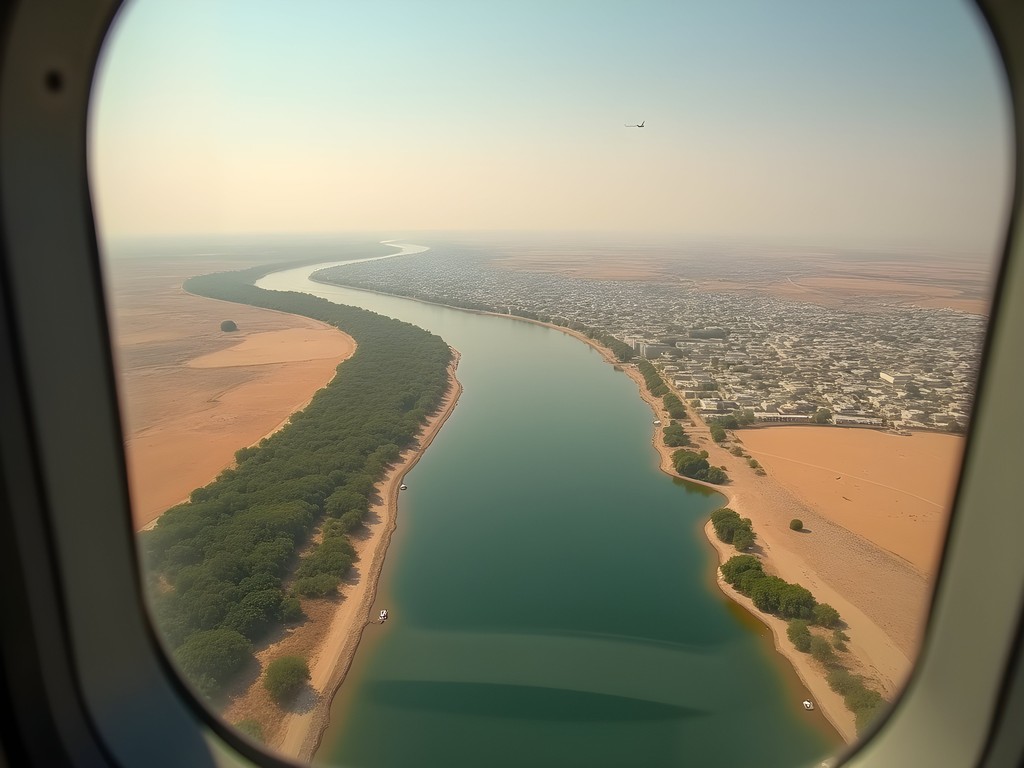
💡 Pro Tips
- Book flights to Sarh through local operators in N'Djamena rather than online for better rates and more reliable scheduling
- Bring twice as much cash as you think you'll need—ATMs are scarce and often non-functional
- Arrange airport pickup in advance through your accommodation in Sarh
The Wilderness Beyond: Zakouma National Park
While Sarh serves as an excellent base, the crown jewel of Southern Chad's adventure offerings lies three hours southwest: Zakouma National Park. Unlike its more famous East African counterparts, Zakouma remains delightfully uncrowded, with visitor numbers in the hundreds rather than hundreds of thousands annually.
The journey there requires a 4x4 vehicle with serious clearance. My binoculars rarely left my neck during the drive, as the transition zone teemed with wildlife even before reaching the park boundaries. Marcel had arranged for Idriss, a former anti-poaching ranger turned guide, to drive us in his weathered but reliable Land Cruiser.
'This park is our cricket pitch,' Idriss remarked when I explained my sporting background, 'and the animals are our star players.'
Zakouma's conservation story reads like a sporting comeback narrative. Nearly decimated by poaching in the early 2000s, the elephant population has rebounded from fewer than 500 to over 550 today—still fragile but trending in the right direction under African Parks' management since 2010.
We spent three days camping within the park, each dawn game drive revealing new wonders: enormous herds of buffalo (sometimes 1,000 strong), Kordofan giraffes with their distinctive pattern, and roan antelope moving through golden grass. The birdlife proved equally spectacular, with black crowned cranes and marabou storks congregating around seasonal ponds.
What struck me most was the absence of other vehicles. During our entire stay, we encountered just two other tourist groups—a stark contrast to the traffic jams I've experienced in Tanzania's Serengeti or New Zealand's Milford Sound. This solitude creates a profound connection with the landscape that increasingly eludes travelers in more popular destinations.

💡 Pro Tips
- Book Zakouma visits months in advance through African Parks (africanparks.org)
- Pack neutral-colored clothing as bright colors can disturb wildlife
- Bring a high-quality headlamp with red light function for nighttime camp navigation
Cultural Immersion: The Fishing Communities of the Chari
The primary purpose of my journey—documenting traditional fishing practices—began in earnest upon returning to Sarh. The Chari River doesn't just provide water; it represents the cultural and economic lifeblood of numerous ethnic groups including the Sara, the predominant people of southern Chad.
My background covering cricket in Sri Lanka, where coastal fishing communities maintain centuries-old techniques alongside modern methods, provided unexpected context for what I witnessed along the Chari. Marcel's research team had established relationships with several fishing villages, allowing us extraordinary access to both their techniques and traditions.
In the village of Koumogo, about 25km from Sarh, I observed the collective fishing practice called gura. This involves dozens of community members creating a human chain across narrow river channels, driving fish with specialized woven traps. The coordination reminded me of a well-executed rugby scrum—precise positioning and timing determining success.
My waterproof camera proved invaluable for documenting these river-based activities. After gaining permission from village elders, I joined several fishing expeditions, wading thigh-deep through waters that—I was repeatedly assured—contained 'only small crocodiles.'
Each evening concluded with communal meals where our contributions of rice, tea, and sugar complemented locally caught fish prepared with groundnut sauce. These dinners became forums for cultural exchange, with elders sharing stories of how fishing patterns have changed with shifting climate conditions and younger villagers asking about life in New Zealand and my experiences covering international sports.
What struck me most was how fishing here transcends mere subsistence—it represents cultural identity, social structure, and community resilience. Conservation efforts must acknowledge this deeper significance rather than imposing external values.
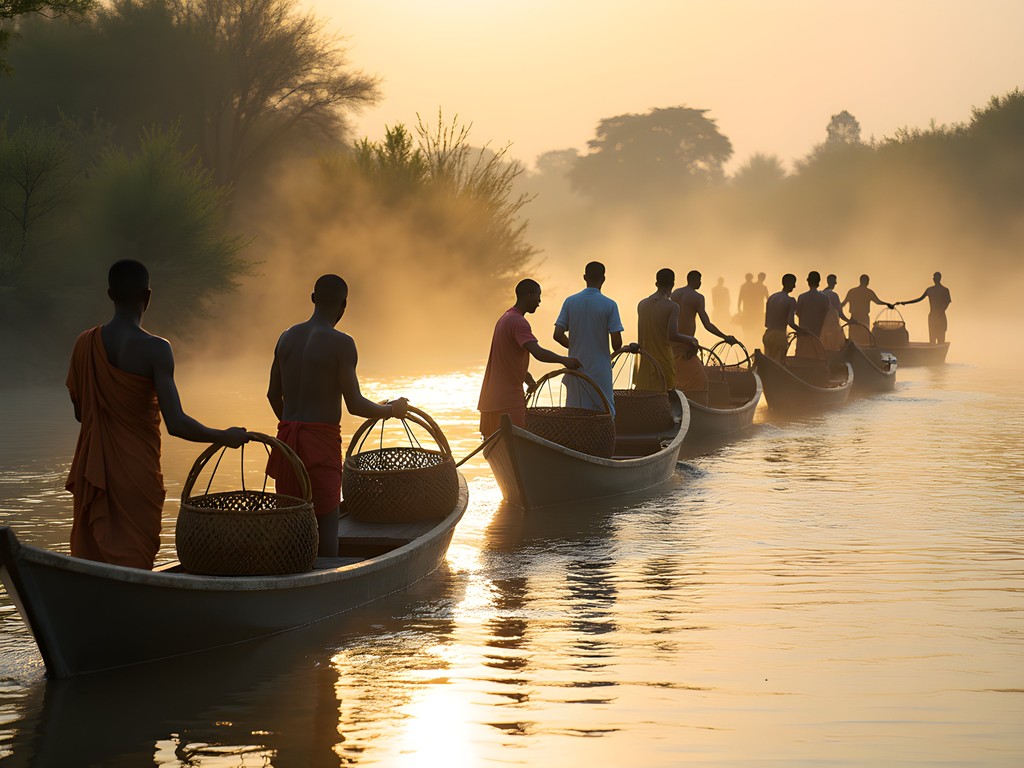
💡 Pro Tips
- Always seek permission from village chiefs before photographing or participating in local activities
- Bring practical gifts like tea, sugar, or fishing line rather than money when visiting communities
- Learn basic Sara greetings—even a few words demonstrate respect and open many doors
Navigating Challenges: Logistics and Cultural Sensitivities
Adventure travel in Chad demands both physical resilience and cultural intelligence. The country's complex history—including ongoing tensions in northern and eastern regions—makes security awareness essential. While Sarh and southern Chad generally remain stable, conditions can change rapidly.
Before departure, I registered with both the New Zealand embassy in Egypt (which handles consular matters for Chad) and the U.S. embassy in N'Djamena, given my American citizenship. My satellite communicator provided peace of mind during remote excursions, allowing text communication and emergency services even when cellular networks disappeared.
Language presents another significant challenge. While French serves as Chad's official language alongside Arabic, in southern regions like Sarh, local languages predominate. My rudimentary French proved adequate for urban interactions, but in villages, Marcel's team included local translators—essential for meaningful cultural exchange.
Health considerations cannot be overlooked. I visited a travel clinic in Wellington two months before departure to update vaccinations including yellow fever (required for entry), meningitis, and typhoid. Malaria prophylaxis and a robust medical kit accompanied me throughout the journey.
Perhaps most challenging were the ethical dimensions of visiting communities with limited resources. My journalistic instinct to document everything encountered resistance from my growing awareness of privacy and dignity concerns. I established a personal protocol: always seek permission before photographing individuals, share resulting images when possible, and consider how my presence impacts local dynamics.
The infrastructure limitations—sporadic electricity, minimal internet connectivity, and basic plumbing—quickly recalibrated my expectations. Yet these challenges fostered deeper connections with both place and people. When your smartphone becomes useless, you engage more authentically with your surroundings—a lesson I've encountered repeatedly from New Zealand's remote hiking trails to Chad's riverside villages.
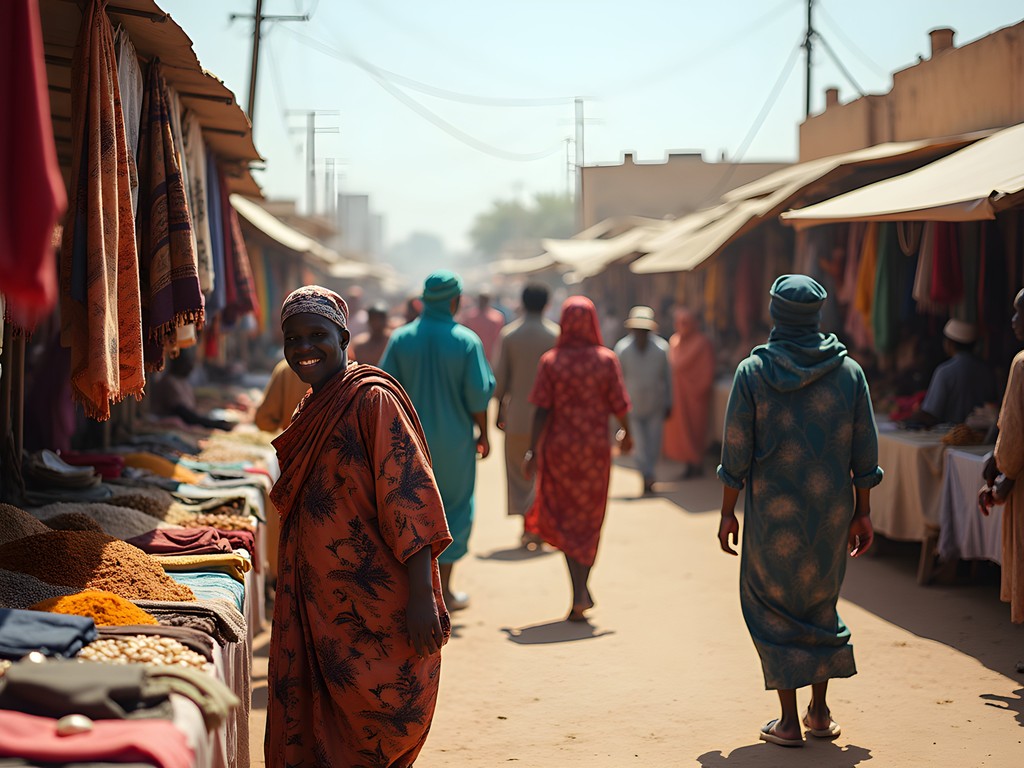
💡 Pro Tips
- Register with your home country's embassy before traveling to Chad
- Carry printed copies of all important documents including passport, visas, and vaccinations
- Research current regional security situations through government travel advisories before planning excursions from Sarh
Conservation Crossroads: Environmental Challenges in Southern Chad
My career transition from sports journalism to cultural travel writing has increasingly focused on environmental contexts, and Southern Chad presents a fascinating case study in conservation challenges. The region sits at a critical crossroads—both geographically between the Sahel and Congo Basin and metaphorically between preservation and development imperatives.
During our expedition, Marcel arranged meetings with conservation officials, including Mahamat Abdelkerim, Zakouma's head ranger. Over bush tea beside a seasonal waterhole, Abdelkerim explained how climate change has altered migration patterns and human-wildlife conflict dynamics.
'The old playbooks no longer work,' he told me, unknowingly echoing what I've heard from cricket coaches facing changing pitch conditions. 'We must adapt our conservation strategies as rapidly as the environment is changing.'
This adaptation includes innovative approaches to anti-poaching efforts. Zakouma now employs former poachers as rangers, leveraging their tracking expertise for protection rather than exploitation. The park has also implemented community development initiatives in buffer zones, creating economic alternatives to wildlife trafficking.
Along the Chari River, environmental challenges take different forms. Overfishing threatens sustainability in some areas, while upstream dam projects in Cameroon alter water flows critical to both aquatic ecosystems and human communities. Several villages we visited reported declining fish sizes and changing species composition—ecological warning signals familiar to indigenous communities worldwide.
Yet amid these challenges, I witnessed remarkable resilience. In the village of Maro, community leaders have established no-fishing zones that serve as breeding sanctuaries, demonstrating local conservation knowledge that predates Western environmental science. These protected areas function similarly to marine reserves I've documented in New Zealand's coastal communities—proof that conservation wisdom often emerges from those most directly connected to natural resources.
The lesson here transcends Chad's borders: effective conservation requires balancing scientific approaches with traditional knowledge systems and local economic realities. As someone who has witnessed both spectacular conservation successes and heartbreaking failures across continents, I've come to believe that sustainable solutions emerge only when all stakeholders—particularly local communities—have meaningful voices in the conversation.

💡 Pro Tips
- Support conservation efforts by hiring local guides trained in sustainable practices
- Visit community conservation projects that demonstrate successful integration of human needs and environmental protection
- Pack biodegradable toiletries to minimize your environmental impact in areas with limited waste management
Final Thoughts
As our small aircraft lifted off from Sarh's airstrip, banking west toward N'Djamena, I pressed my face against the window for a final glimpse of the Chari River snaking through the landscape. Two weeks had transformed this remote corner of Chad from an abstract point on a map to a place of profound connection. Adventure travel at its most meaningful doesn't just change your perspective—it fundamentally alters how you understand human relationships with place, tradition, and nature. Southern Chad offers no comfortable tourist infrastructure, no Instagram-famous landmarks, no easy narratives. What it provides instead is something increasingly rare: the opportunity to engage with communities and ecosystems still charting their own course through modernity's complex currents. For travelers willing to embrace discomfort, practice cultural humility, and contribute positively to conservation efforts, the rewards are immeasurable. Like the most memorable sporting matches I've covered, the best adventures aren't always comfortable—but they're the ones that stay with you long after the final whistle blows.
✨ Key Takeaways
- Southern Chad offers genuine adventure travel experiences without crowds, but requires advanced preparation and cultural sensitivity
- Zakouma National Park represents one of Africa's great conservation success stories and provides wildlife viewing without the vehicle congestion of more famous parks
- Traditional fishing communities along the Chari River maintain cultural practices that balance human needs with environmental sustainability
📋 Practical Information
Best Time to Visit
November to February (dry season)
Budget Estimate
$3,000-$4,500 USD for two weeks excluding international flights
Recommended Duration
Minimum 10 days, ideally 14-16 days
Difficulty Level
Challenging

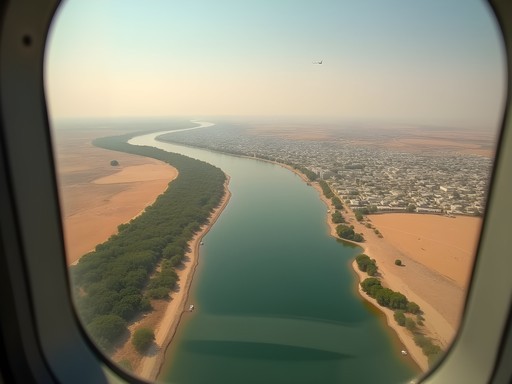
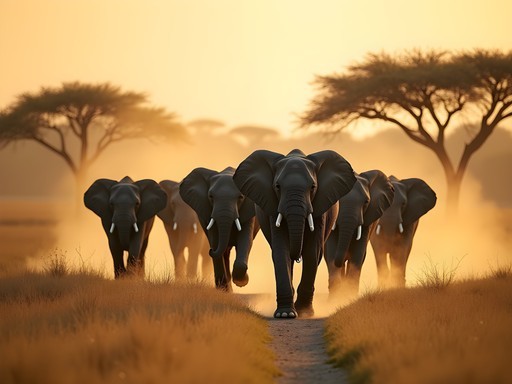

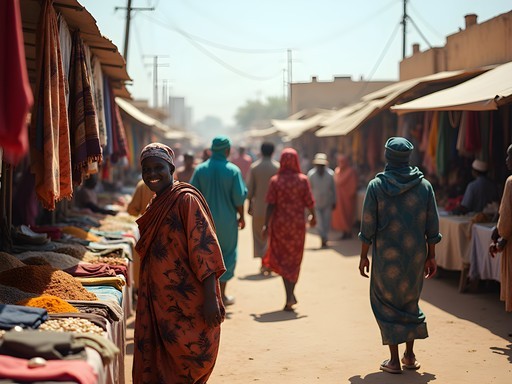









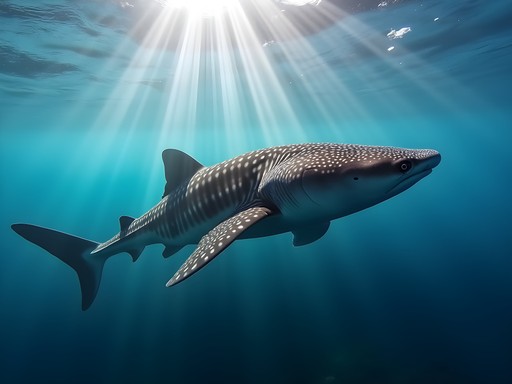
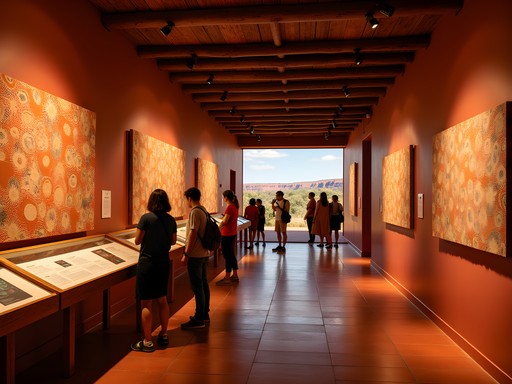
Comments
globetrekker77
How was transportation within Sarh? Did you rent a vehicle or use local transport?
Amit Sullivan
In Sarh itself, I used motorcycle taxis (very cheap but bring your own helmet!) and occasionally hired a driver for day trips. For Zakouma, you absolutely need to arrange transportation through a tour operator - the roads are challenging and navigation isn't straightforward.
sunnyseeker
Those sunrise photos over the Chari River are absolutely stunning! Adding this to my bucket list.
Haley Hamilton
This brought back so many memories of my own Chad adventure last year! The fishing communities along the Chari were a highlight for me too. I spent three days with a family who taught me their traditional net-casting techniques. One tip for anyone heading to Sarh: the power situation is unpredictable at best. My solar charger was absolutely essential. Also, don't miss the Sunday market - the textiles there are incredible and much more affordable than in N'Djamena. Did you try the local fish stew with okra? That dish haunts my dreams!
journeyrider
How did you arrange to stay with a local family? That sounds like an amazing experience!
Haley Hamilton
It wasn't pre-arranged actually! I met a teacher in Sarh who introduced me to his cousin's family in one of the fishing villages. Having someone make that local connection was key. If you're going, the Catholic mission in Sarh sometimes helps travelers make these kinds of connections too.
journeyrider
Those photos of Zakouma are incredible! Did you feel safe traveling in southern Chad? I've heard mixed things about security there.
Amit Sullivan
Safety is definitely a consideration in Chad. I stayed informed about regional conditions, traveled with registered guides, and avoided border areas. Sarh itself felt relatively secure, but conditions can change quickly. Always check current advisories before planning a trip.
sunnyseeker
Wow, Chad is definitely not on most people's radar! I visited N'Djamena last year but didn't make it to Sarh. The heat you described (38°C in December!) is no joke. How was the language barrier situation? I found my basic French wasn't always enough in the capital.
Amit Sullivan
The language situation in Sarh is definitely challenging! French helps in official settings, but in the markets and villages, Sara and Arabic dialects dominate. I found having a local guide was essential - not just for translation but for cultural context too.
sunnyseeker
Thanks for the insight! Definitely adding a guide to my budget if I make it down there.
smartwalker
I've been researching Chad for a possible trip next year. How did you handle the language barrier? My French is very basic. Did you find English speakers or use a translator app?
Savannah Wood
Not Amit, but when I was there, French was essential outside of N'Djamena. I used Google Translate offline mode (download French before you go!) and it was a lifesaver in Sarh. Most tourism professionals speak some English, but day-to-day interactions required at least basic French phrases.
Amit Sullivan
Savannah's right - French goes a long way. I'd recommend learning key phrases and numbers. In more remote areas around Sarh, even French isn't always understood as local languages predominate. Visual communication and patience became my best tools!
moonguy
I'm curious about the costs involved. Chad seems like it would be expensive to travel through given the limited tourism infrastructure. Was it hard to find decent accommodations in Sarh? Did you have to bring most supplies with you?
Amit Sullivan
Costs were actually lower than you might expect, but unpredictable. Accommodations in Sarh are basic - I stayed at Auberge du Chari (about $40/night) which had reliable electricity via generator. Food was inexpensive but limited in variety. The biggest expenses were transportation (4x4 rental with driver) and park fees for Zakouma. I did bring most essentials including medical supplies, but basic foodstuffs are available locally.
Scarlett Bryant
Excellent write-up on a truly underreported destination. I was in Chad last quarter on assignment and can confirm everything about the transportation challenges. For those considering this journey, I'd suggest building in extra buffer days for unexpected delays. The visa process has also changed recently - now requiring a letter of invitation from a local contact or tour operator. The mobile connectivity in Sarh was surprisingly better than expected; I was able to conduct video calls for work from my accommodation. The Ministry of Tourism office in Sarh was quite helpful with permits for photography in certain areas.
vacationadventurer
OMG THANK YOU for writing about Chad!! Finally somewhere that isn't on every influencer's Instagram! Adding this to my bucket list immediately!!
Savannah Wood
This brought back so many memories! I backpacked through Chad last year and Sarh was a highlight. The rhythm you described is exactly what captivated me - that blend of market sounds, motorbikes, and music that seems to follow you everywhere. I spent three days with a fishing family on the Chari, learning to cast nets the traditional way (failed miserably but they were so patient). For anyone planning to visit, I'd recommend bringing a good water filter as bottled water can be scarce outside major towns. The stars at night near Zakouma were some of the brightest I've ever seen - no light pollution whatsoever. Amit, did you make it to any of the weekly wrestling matches? Those were incredible cultural experiences.
Amit Sullivan
I missed the wrestling matches! That sounds amazing. I heard about them but my timing was off. Definitely on my list for next time. And yes, those stars were something else, weren't they?
Venture X
Premium card with 2X miles, $300 travel credit, Priority Pass